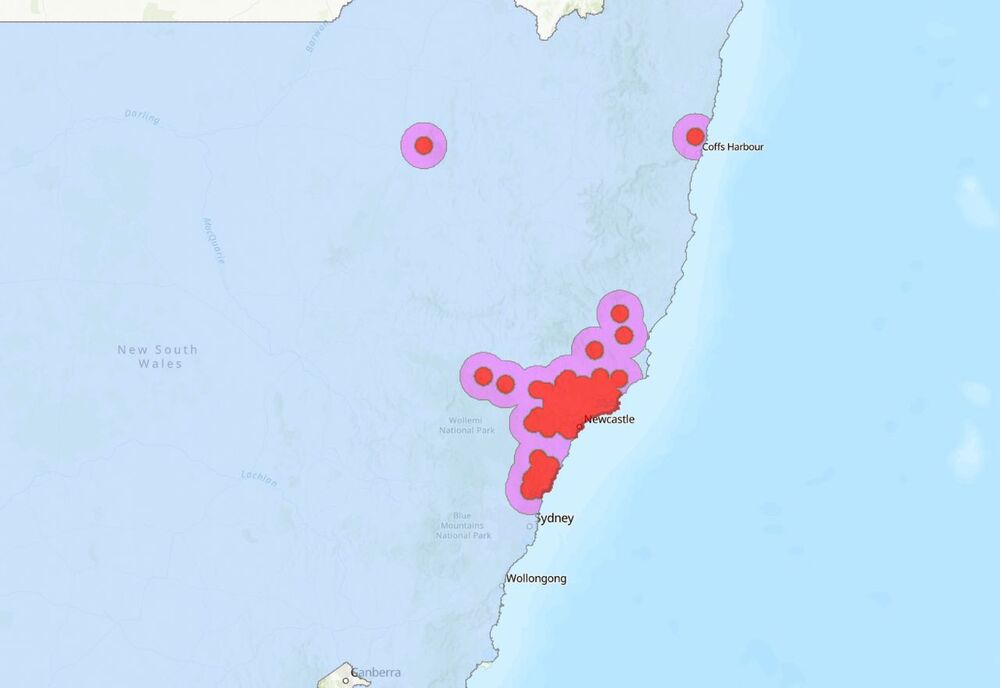Keeping varroa mite at bay
Marnie Ryan
22 April 2023, 7:40 AM
 Western Plains hives are still clear for now
Western Plains hives are still clear for nowExperts are warning Western Plains beekeepers to remain vigilant of the devastating Varroa destructor (Varroa mite) parasite following a new outbreak along the north coast of NSW.
The new infection sites are confirmed to be at Mooney Mooney, Clarence Town, Mitchell's Flat and Booral.
"It's critical that beekeepers continue to conduct the required alcohol washing of their hives every sixteen weeks and that they report the results to NSW DPI," said a spokesperson from the NSW Department of Primary Industries.
"Although there haven't been any recent detections of Varroa mite in the Western Plains region, beekeepers there should remain vigilant like all beekeepers across the state."
"Negative results are just as important as positives as they help us continue to show freedom from Varroa in these regions."
The NSW beekeeping industry contributes around $36 million annually to the economy through the production of honey, beeswax, with the pollination services provided by the busy little bees providing an added $4-6 billion nationwide.
Since the mite was first detected near the Port of Newcastle in June 2022, infestations have been found at 137 sites.
The response includes exterminating bees and burning hives.
"It will keep impacting the industry, not just through bees being available but the mental health of the beekeepers," said the NSW Executive Councillor of Apiarists Association, Steve Fuller to the ABC on 21 March.
"This is a live beast, it's changing all the time."
"Even though we think we've got the finger on the pulse, tomorrow we could find it somewhere else and then we've got to do tracing and then chase it all up."

ABOVE: The latest map from NSW DPI showing the extent of known varroa mite incursions, including a site east of Narrabri that was detected in 2022.
However, the DPI have remained actively monitoring hives in the western area.
In early July of 2022 a varroa mite infestation was detected in the Narrabri area with the infected hive and any others within a 10km radius euthanised by September of 2022.
To ensure no further spread outside of the infected zone the eradication zone has remained to this day.
NSW Department of Primary Industries Varroa Mite Response State Coordinator, Dr Chris Anderson says that the same approach is being applied on the east coast where infections have been found.
"These new sites have low mite loads, which suggests they are very recent infestations," said Dr Anderson.
"The recent detection on the Central Coast, however, has meant DPI is now concentrating its Varroa response surveillance activities into the northern suburbs of Sydney, to ensure the infestation is localised and that there is no mite population in the area."
"DPI has also had to extend the eradication (red) zone west of Stanhope, and west of Bulahdelah, following the detections on the mid-north coast.
The outlook remains positive however, with infections being found quickly.
“We know that this is a difficult time for impacted beekeepers, but controlling and eradicating this destructive mite is critically important to NSW and Australia," said Dr Anderson.
“Changes in the number of infected premises are expected at this stage in the response, however, what is encouraging is that these mites are being found quickly."
“We thank beekeepers and the community for their cooperation with the response."
The DPI is reminding people to continue to practice safe transportation of equipment.
"The support of the NSW apiary industry is key to NSW Department of Primary Industries (DPI) successfully eradicating Varroa mite from the state."
"The most significant risk in the further spread of Varroa mite is the illegal movement of beehives or apiary equipment by people."




